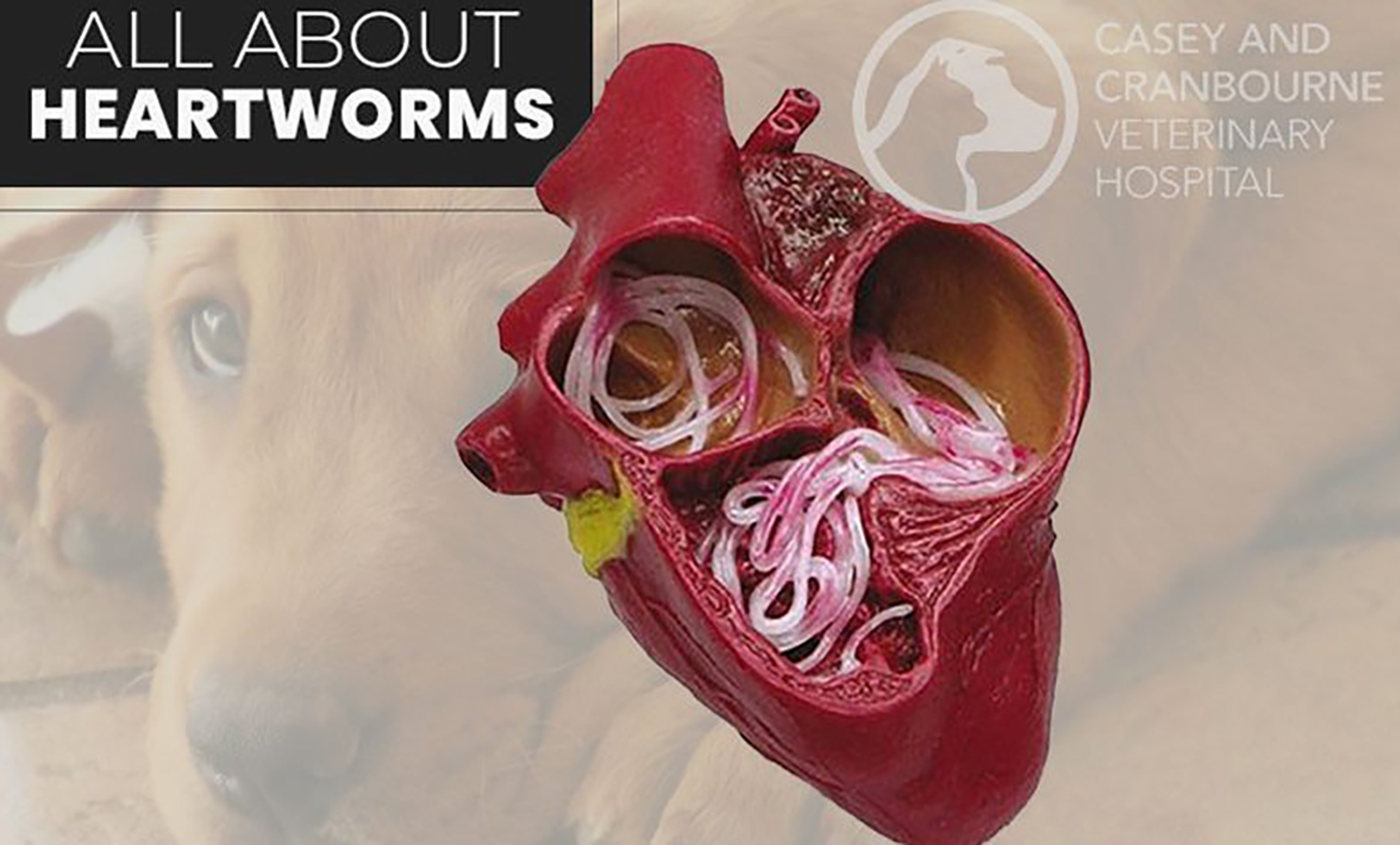NAIL CLIPPING
When it comes to clipping your pet’s nails, it can sometimes be an uphill struggle, so why not leave the hard work to our team at Casey and Cranbourne Veterinary Hospital?
We offer a reliable nail clipping service at our practice and can eliminate the stress of trying to do it at home. For those pets requiring a general anaesthetic for nail clipping, this requires the same fasting protocol as for other surgical procedures and as such, is booked in as a surgical case for the day. Nail clipping can also be done, at no extra cost if your pet is in for another surgical procedure, Please enquire at the hospital for more details regarding our nail clipping service.
While some dogs naturally wear their nails down by walking on hard surfaces and never need them clipped, others will require regular clipping, as nails grow quickly. If your pet isn’t exercised on firm pavements or is kept inside a lot, they may need nail clipping every couple of months.
At Casey and Cranbourne Veterinary Hospital, we recommend that you inspect your pet’s nails and feet regularly to check for nail growth as well as any mud, foreign objects or matted fur. These can become stuck between the pads and if your dog is long-haired or simply has particularly hairy feet, then it’s important to check these often.
Helpful hints for nail clipping
- Dog nails will need to be clipped to a length where they just touch the ground when the dog is standing. Special nail clippers for dogs should be used for this and can be purchased at our clinic
- Care should be taken not to cut into the ‘quick’ – the area of tissue containing nerves and blood vessels in the dog’s claw. This is the visibly pink area within white nails and will vary in length according to each dog. If cut, this will be extremely painful to the dog and will result in bleeding that can be difficult to stop. As it’s difficult to see the quick in black nails, it’s best to let a professional do any clipping in this case
- Dewclaws, which are located on the inside of the dog’s lower leg just above the foot, should also be checked for clipping, as they don’t touch the ground and may, therefore, grow very long. They could curl back and penetrate the pad
NB If your dog’s nails bleed during clipping, you should immediately apply pressure with a cotton ball, which should cause the blood to clot in a few minutes. If bleeding persists, a styptic pencil can be used, or a softened cake of soap pressured onto the cut end will usually seal it.
At Casey and Cranbourne Veterinary Hospital, we can also clip cats’ nails, which can grow very long and sharp. Clipping won’t prevent them from climbing, and we have special cat clippers at the clinic that we can use. The same precautions should be taken for clipping both dog and cat nails.



